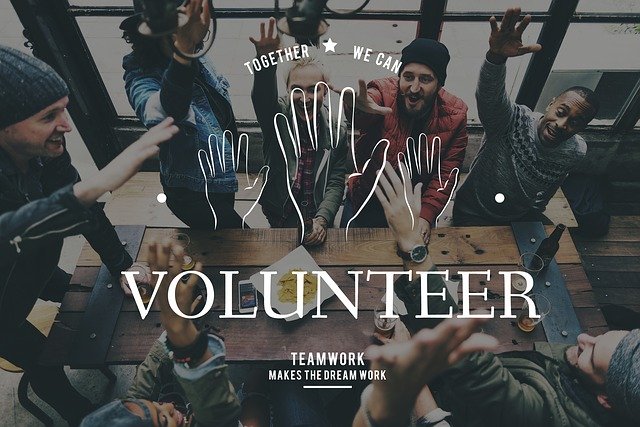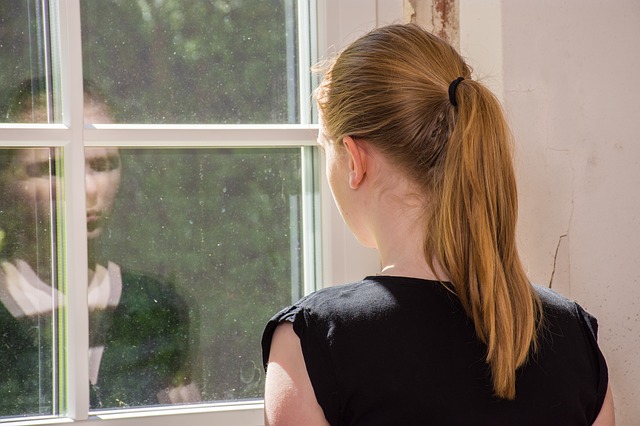Kute Blackson, presenting during the 2021 The Best Year of Your Life Summit, spoke energetically and insightfully about following your life purpose. His inspirational video podcast was very well received because of its practical and down-to-earth character. People could relate to what he was saying irrespective of their stage of life and their level of clarity about their life purpose. On his website, Kute offers free video training on how to find your purpose.
Key messages
In the video presentation for the Summit, Kute provides several key messages to enable us to be free of negative self-talk and self-doubt and to take the next step for finding and following our life purpose:
- Overcome the lies we tell ourselves: Kute suggests that we lie to ourselves to prevent us from taking a step into the unknown. Fear of failure causes us to think of all the things that might go wrong and we take these as givens. As a result, we tend to cling to our comfort zone and procrastinate, and so we fail to take the next step on the road to our life purpose.
- Challenge expectations: sometimes what holds us back from realisation of our life purpose are the expectations we place on ourselves or that others, such as our parents, place on us. Kute tells the story of how he tried to live up to his father’s expectations that he become a preacher only to find it was not aligned to his heart’s purpose. He left his father’s ministry to move to Los Angeles with two suitcases and the courage to move beyond other peoples’ expectations. He found his life purpose in helping people to transform their lives by finding their life purpose that aligns with their true self and deeper inner life (what he describes as “soul”).
- Let go of the need to know: Kute encourages us to let go of the need to know everything – what will happen if we start on the path, how we will manage if difficulties arise, what we will say and do in particular circumstances. He argues that we do not need to know everything about where our life choices will take us – we need to “trust our soul”, our inner conviction of what we are meant to do and contribute to the welfare and wellness of others. Kimberly Snyder reminds us that we are more than we think we are.
- Be conscious of the pain of not taking action: Kurt encourages us to be fully aware of the pain and suffering that we experience if we fail to take action to align with our true purpose (e.g., leave a job or a role and/or begin a new endeavour). Sometimes we hide from this pain and attribute it to what we have to put up with. The pain of not being aligned with our true purpose can take many forms including physical illness (e.g. headaches and fibromyalgia), boredom, a sense of ill-ease, or other emotional reactions. Kute strongly believes that we need to be honest about this pain of inaction as well as face up to the fear that holds us back.
- Don’t wait for clarity about life purpose: people can spend their whole life trying to formulate their life purpose with perfect clarity, only to take no action towards realising it. Kute argues that our life purpose will be slowly revealed as we live our lives. If we realise the potential of the present moment and focus there, rather than a idealistic or unrealistic future, we will begin on the path to our purpose. He describes this as “living into life’s purpose”.
- Take the next step: Kute maintains that our life purpose unfolds as we live each moment fully. Everything we experience is preparation for our life purpose, including the challenges and difficulties we experience as well as the highs. He encourages us to take the next step in line with the direction of our purpose – “even when you don’t know where you are going”. He suggests we “trust our innate intelligence” and contends that that our soul is pulling you when you “move in the direction of your joy, of what lights you up, of what you love”. So, his exhortation is to set out on the journey of following our life purpose by aligning with what is joyful, energising and rewarding in our life. He contends that “life reveals the next step in the process of living”.
Reflection
Kute asks us to reflect on a number of questions:
- What gives you joy?
- What are your core skills?
- What is stopping you from taking the next step to achieve alignment with your joy and your skills?
At the heart of Kute’s approach is encouragement to surrender – surrendering to our inner voice. He explains this process in his book, The Magic of Surrender: Finding the Courage to Let Go.
Lulu & Mischka capture the essence of this process in their mantra meditation, Metamorphosis from their Horizon Album:
Don’t give up, keep letting go, simply show up, surrendering to the flow
Let yourself be broken, fall into pieces, Trust in the process, your metamorphosis
Let yourself be broken…stop resisting. Relax into this moment, healing unfolding.
____________________________
Image by John Hain from Pixabay
By Ron Passfield – Copyright (Creative Commons license, Attribution–Non Commercial–No Derivatives)
Disclosure: If you purchase a product through this site, I may earn a commission which will help to pay for the site, the associated Meetup group, and the resources to support the blog.



